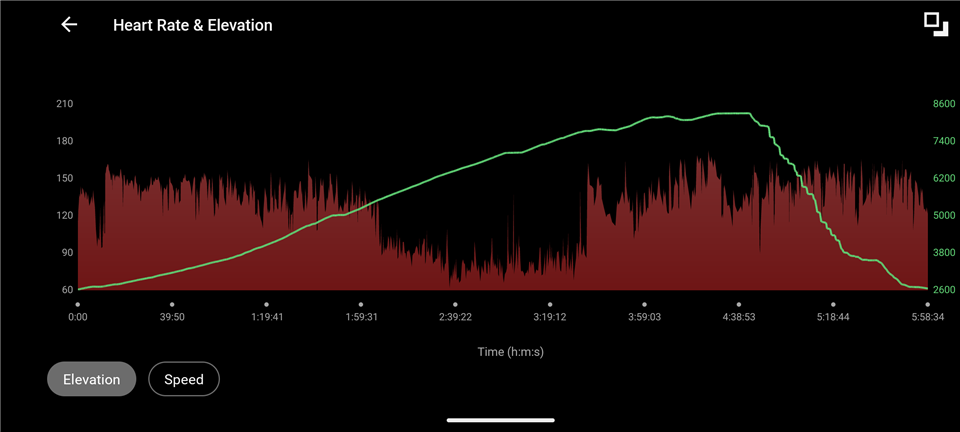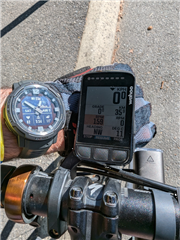I notice that at rest and throughout the day and night my Instinct 2 Solar accurately and frequently monitors my HR, and I love the resolution and function of this. However, during all activities (the reason I bought the watch), my HR is consistently low, either half of what it really is or a solid 30-50 bpm down from my actual HR.
My primary activities are backcountry skiing, stairclimber, trail hiking / running, and in general activities that involve sustained HR near or at my aerobic max. I will be traversing a steep up slope on skis and feel my heart hammering, take a timer measurement on my wrist and count 180 bpm, only to see my watch clocking in at 130 realtime. I have done this in multiple conditions, including while maintaining full cardio load, and coming to brief rest to measure. This dramatically alters my calculated loads for these activities on Connect and Strava, which defeats the purpose of monitoring vitals for technology informed training.
I have gone through all of the garmin support articles and suggested fixes, I have even shaved my entire wrist to get a better fix on the sensor. I have experimented with every position, orientation, and tightness, and switched wrists.
The only thing that has worked inconsistently is letting my HR come all the way down to rest, and then ramping it back up again. From a signal processing standpoint, It's almost as if the HR sensor signal is aliasing until the HR frequency jumps under Nyquist. But this fix does not work consistently, maybe 30% of the time, and man does it kill a good workout.
I have had an instinct 2 for several months now and this is becoming a deal breaker, and I may see myself go back to Apple as a result (watch ultra). I love almost everything about this watch, but I feel like, how can they not get this one core thing right?
Has anyone else run in to this consistently? Does anyone from Garmin have any further suggestions other than the boilerplate support links?





